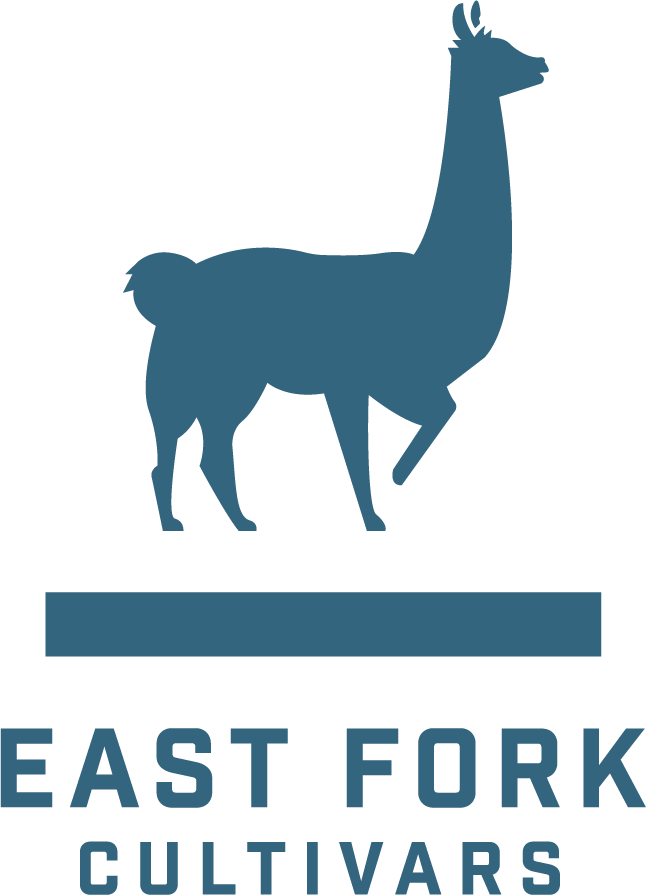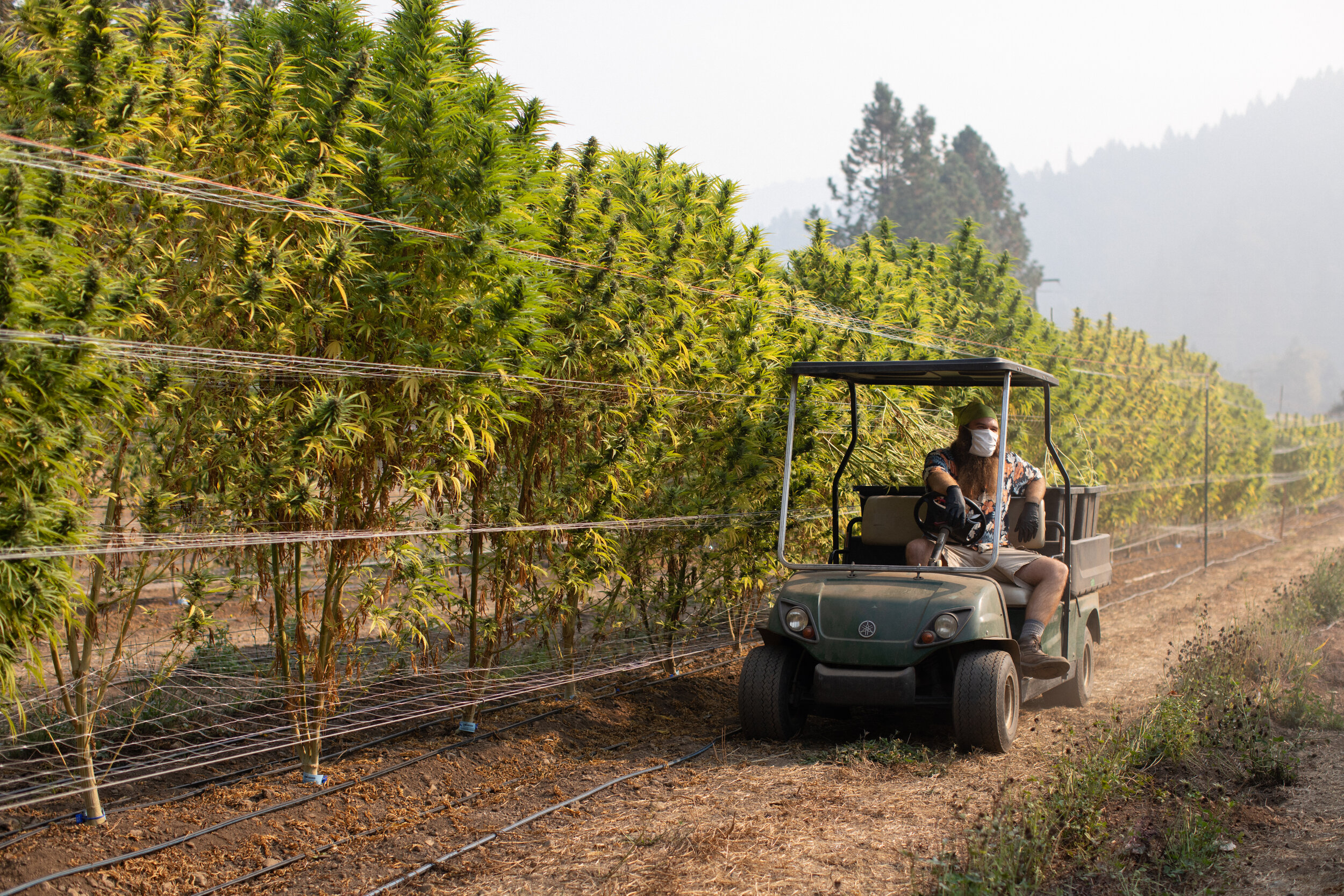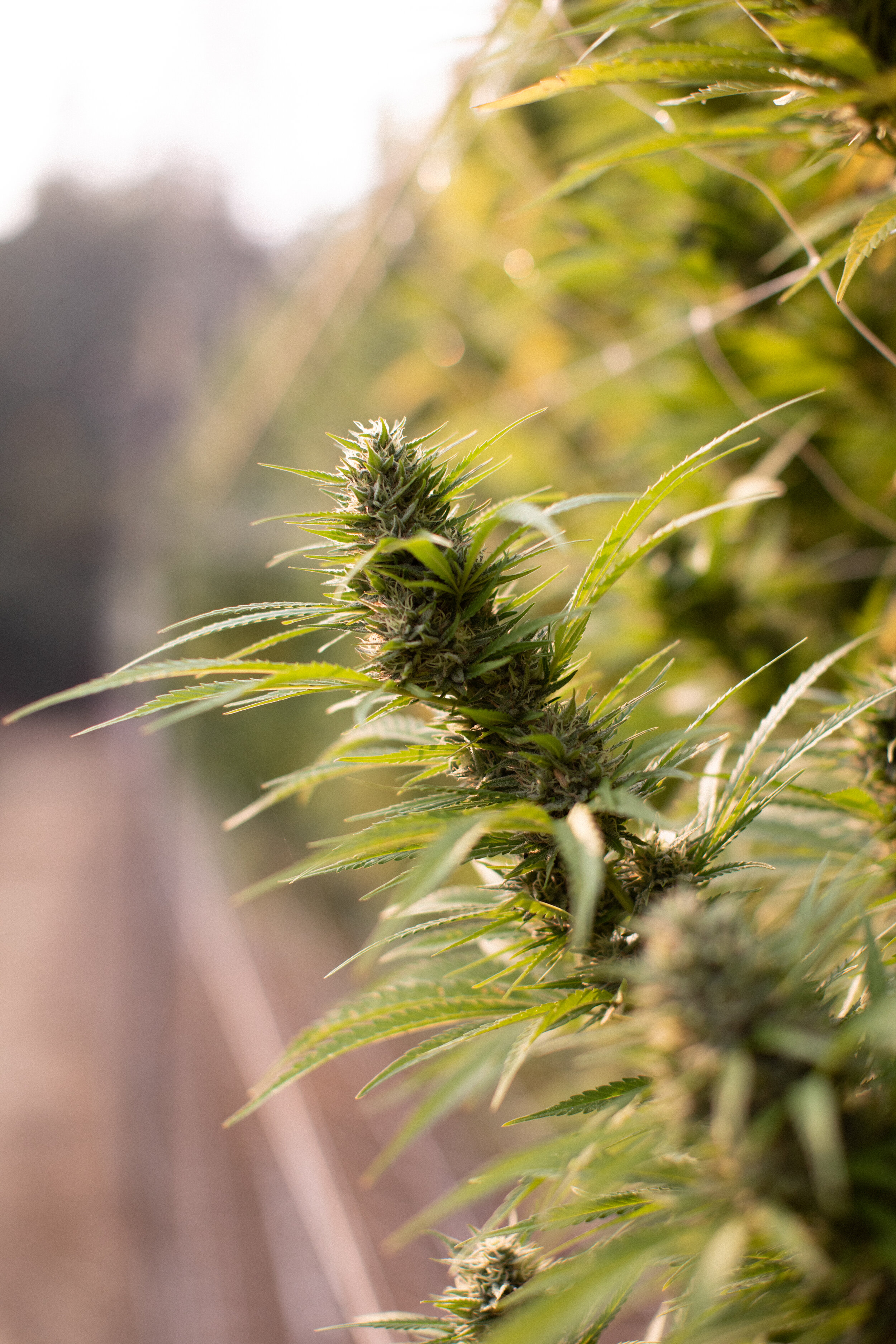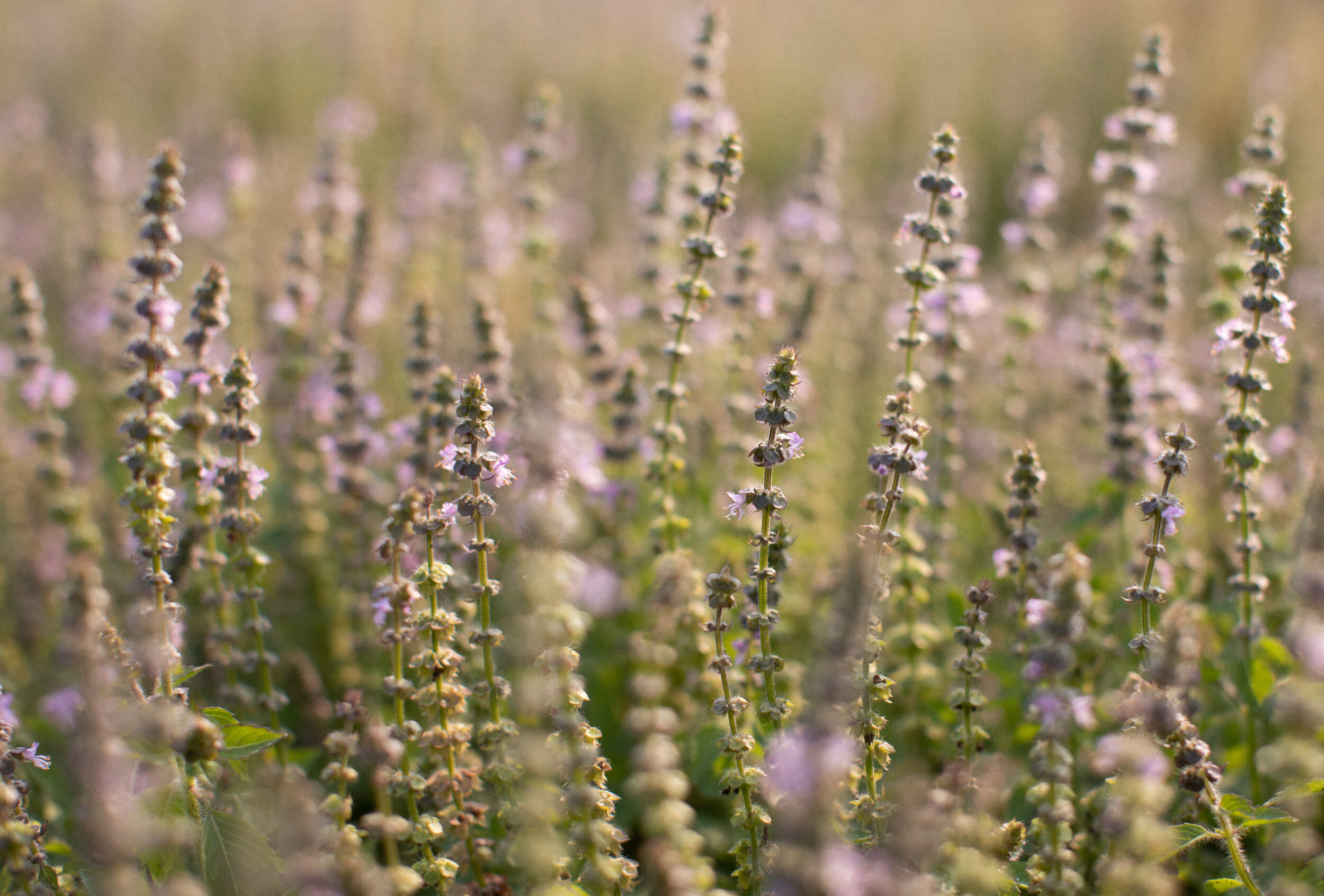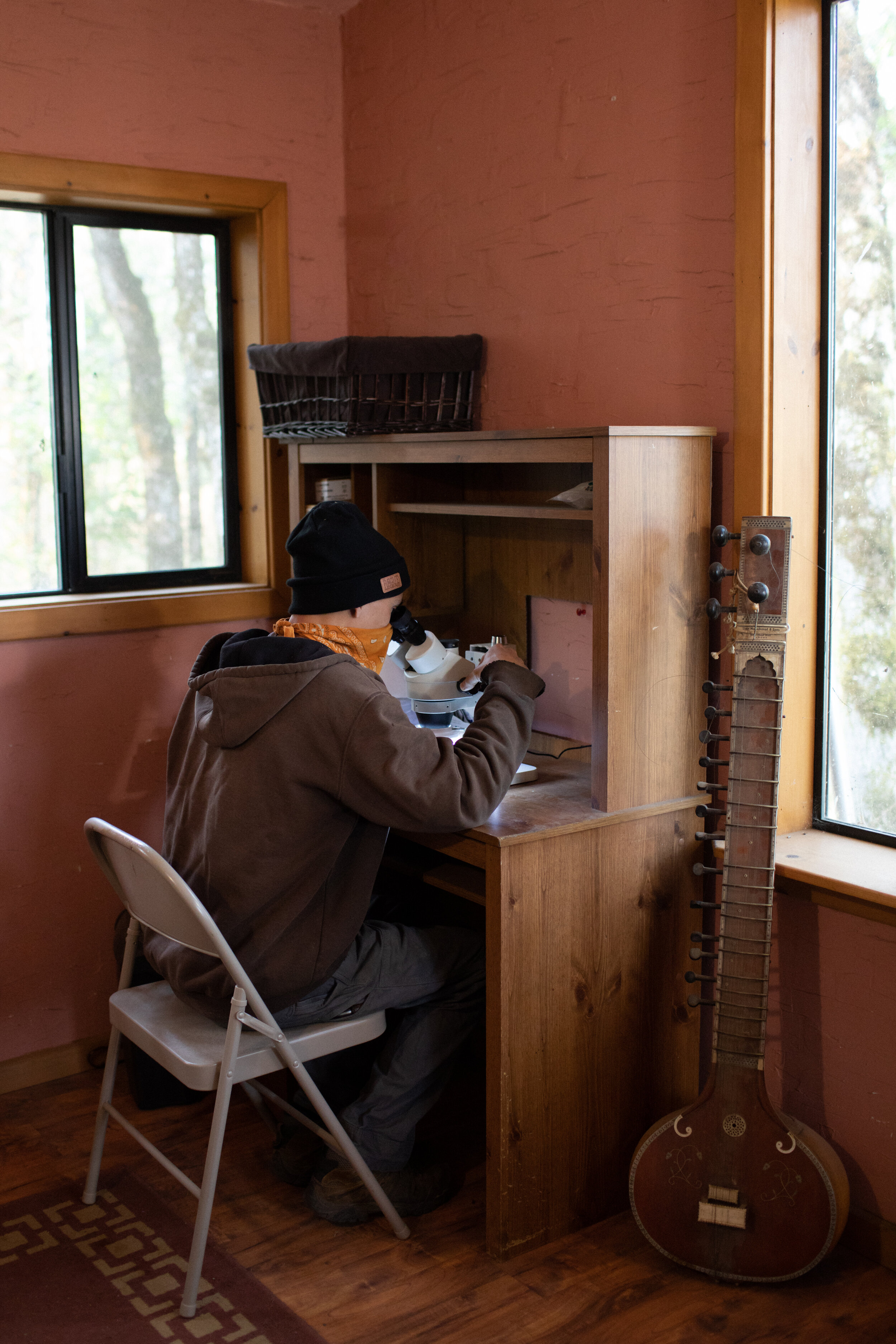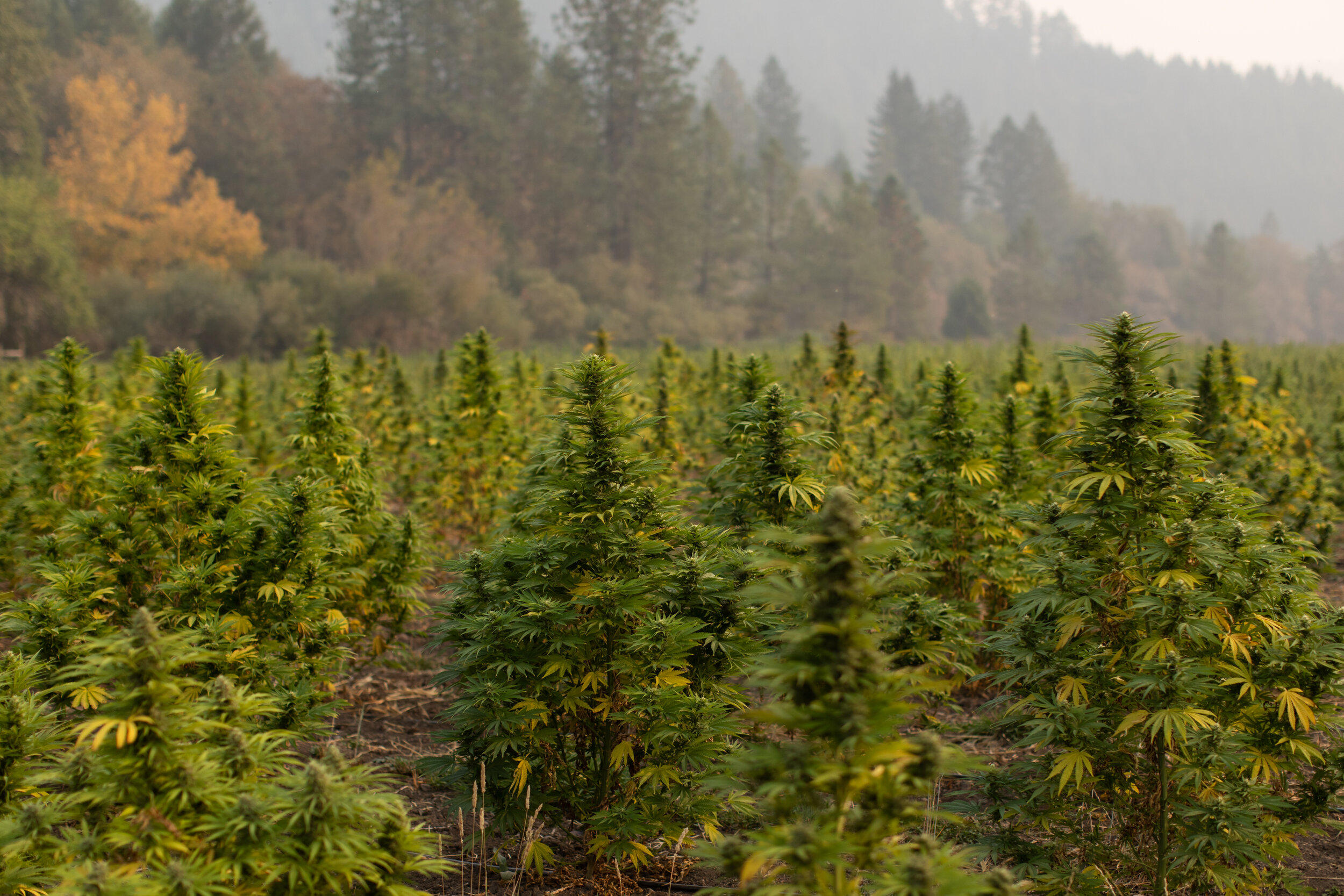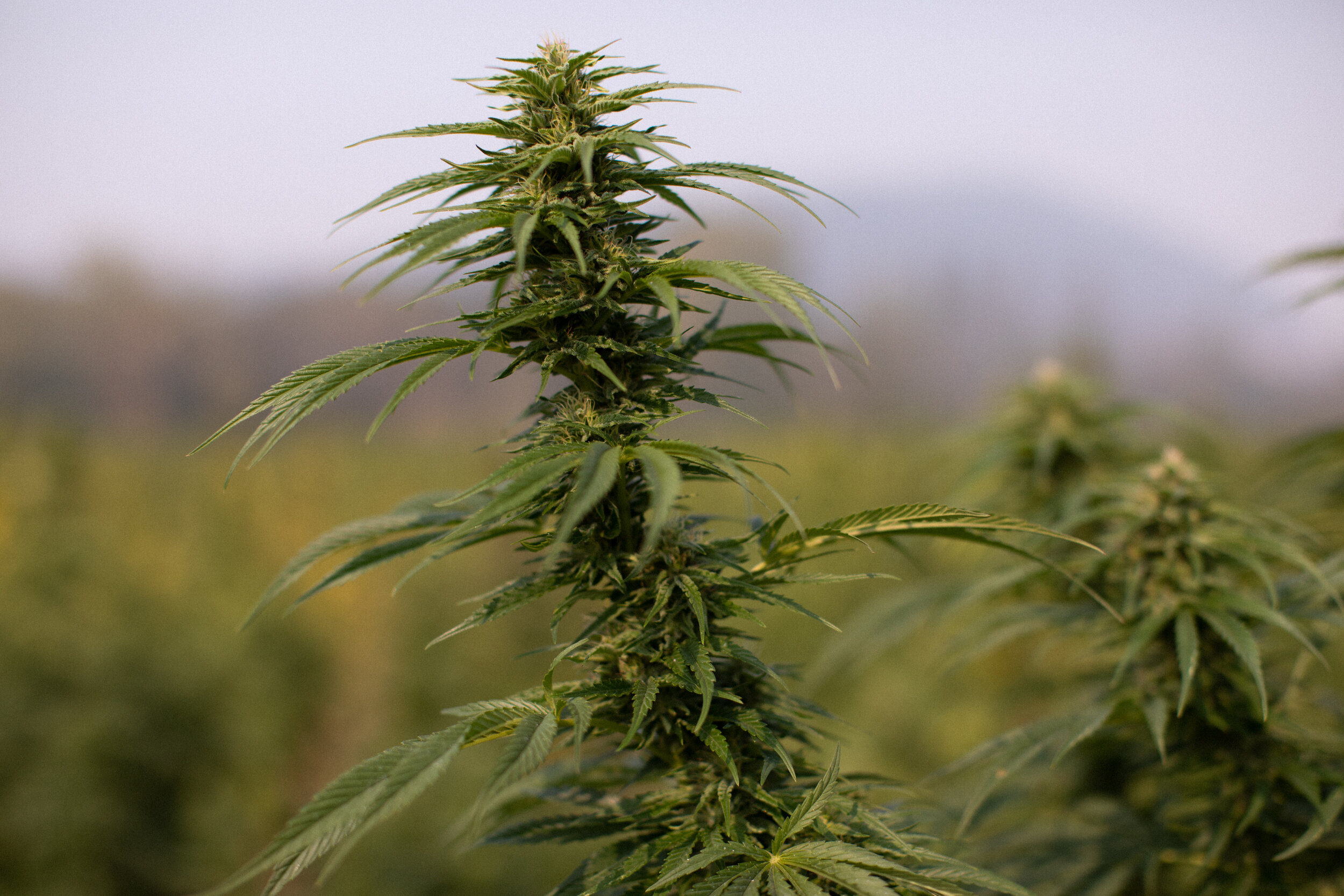2020 Harvest: Reflections, Data, and Takeaways
The East Fork team found ourselves facing new and truly daunting challenges coming into the Fall 2020 harvest season.
Harvest is always a huge lift and very time-sensitive, but this year we were starting with less preparation than ever — immediately after narrowly surviving the devastating wildfires in our region. Our team, who had mostly been evacuated from their homes for a couple of weeks, had to leap into action immediately upon their return.
Getting our crop in during the age of COVID-19 also demanded the immediate establishment of modified harvest procedures, use of additional protective equipment, and new policies to keep up with the evolving guidance being issued by health agencies and the state.
Working in smoke-hazed skies for the first few weeks of harvest, our lean harvest crew displayed immense heart and grit as they dove into the job headfirst. East Fork Co-Founder Aaron Howard exclaimed, “What a stellar crew of fun and hardworking folks!”
Amazingly, in the midst of this time of extreme stress and uncertainty, we managed poignant moments of gratitude for our beautiful farm and caring co-workers. The delicious locally grown food from our neighbor Carrie helped to sweeten the hard work.
This year’s hemp crop also set a new genetics watermark for us: out of the estimated 15,550 plants that went into the hemp fields, 11,450 of them were from genetics originally bred by East Fork. That is almost 74%!
We continued pheno hunting within our less stabilized populations, and found some incredibly exciting plants. With another year or two of work we'll have even more exciting cultivars that can be grown at scale. It’s truly exciting and fun for us to grow so many of our own East Fork original cultivars in our hemp fields.
Another interesting fact that emerged from our finished plants was that we observed all-time low levels — almost a complete absence — of botrytis (aka, grey mold), a common horticultural issue. We’re not completely sure why yet, but we are curious if there is a connection with the wildfires, as wood ash is known to raise the pH making environments inhospitable to botrytis.
Overall, we are so proud of our East Fork team’s truly exceptional efforts this year.
Interested in joining our stellar crew? We’re currently hiring for two farm positions!
